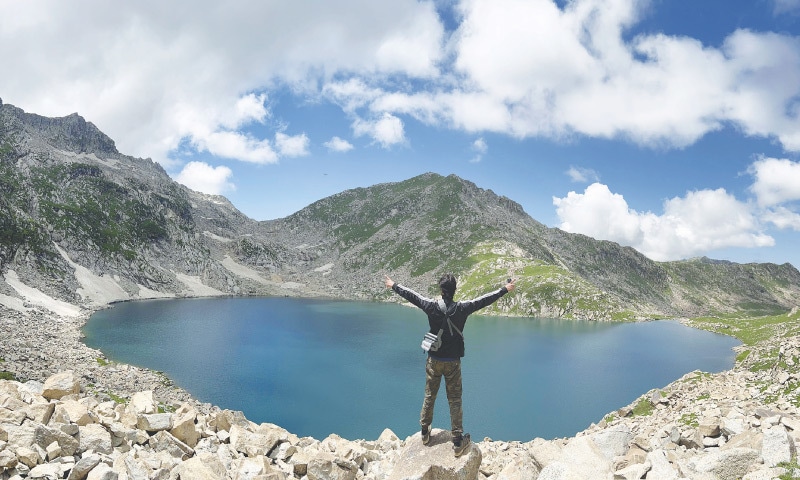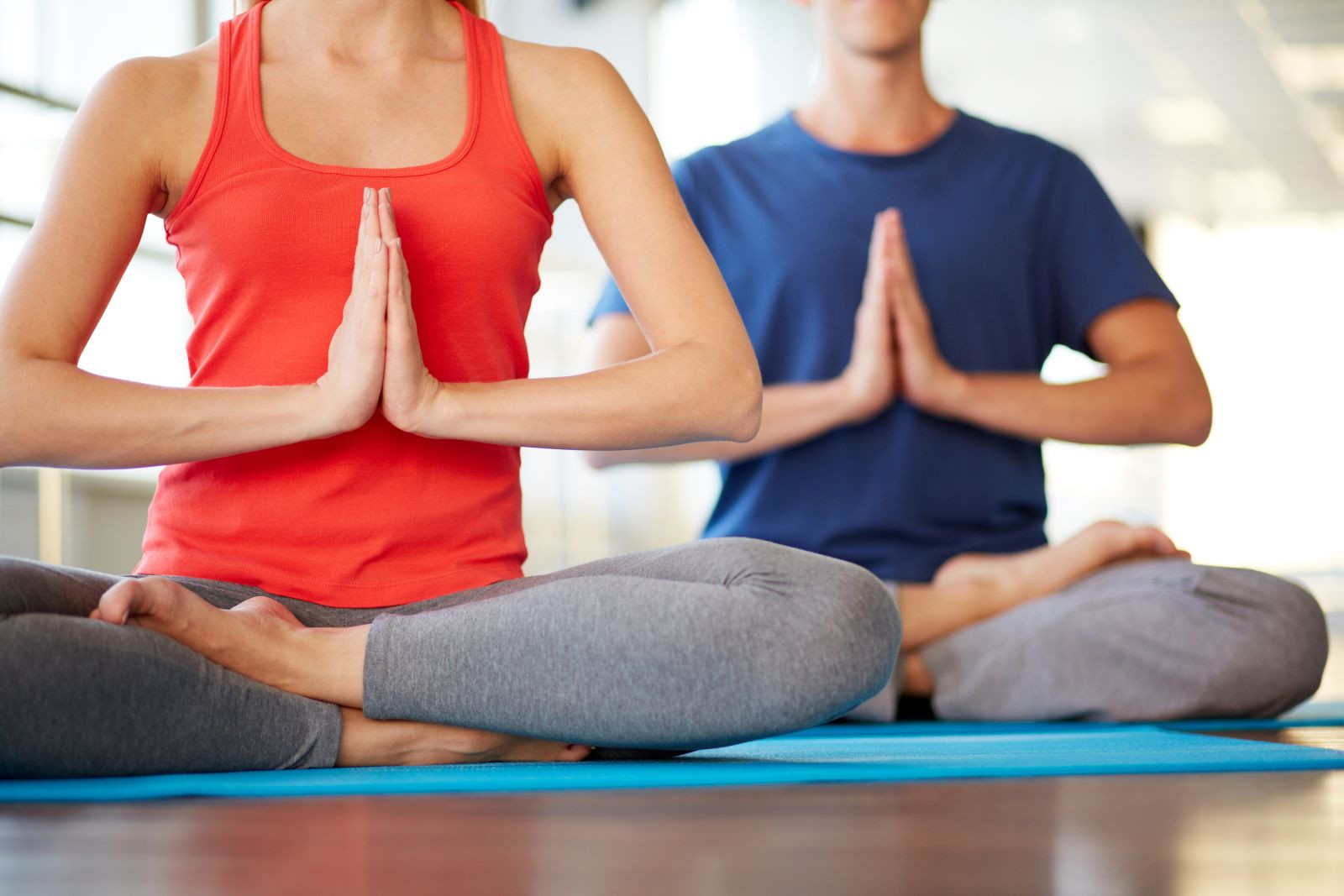Imagine this: a group of women, some from bustling Karachi, others from quiet Lahore suburbs, piling into a jeep headed for the snow-capped peaks of Hunza. No men in sight, just laughter echoing against the mountains as they share stories of daily struggles back home. This isn’t some far-off dream—it’s happening right now in Pakistan, where a quiet revolution is unfolding in the tourism world. Women are not just tagging along; they’re leading the way, crafting safe spaces and turning travel into a tool for empowerment. I’ve seen it firsthand during my own trips up north, where the air feels freer and the conversations deeper. This gendered tourism boom isn’t about fancy ads or big budgets—it’s grassroots, driven by bold women tired of the status quo. And trust me, it’s reshaping how Pakistanis, especially women, experience their own country.
In a nation where gender roles have long kept women in the background, tourism is flipping the script. From women-only adventure treks to wellness retreats tucked in the hills, these initiatives are drawing hundreds of participants yearly. They’re addressing real pain points like safety concerns and cultural barriers, while boosting local economies. But it’s more than trips—it’s about reclaiming space, building confidence, and proving that exploration knows no gender. As someone who’s chatted with these trailblazers over chai in Skardu, I can tell you: this revolution feels electric, like Pakistan’s hidden gems are finally shining for everyone.
What is Gendered Tourism in Pakistan?
Gendered tourism refers to travel experiences designed with women’s needs at the forefront, from all-female groups to itineraries that prioritize safety and cultural sensitivity. In Pakistan, it’s exploded in recent years, with women leading the charge in creating retreats and tours that challenge traditional norms. Think wellness escapes in Murree or hikes in Fairy Meadows, all curated to let women unwind without the usual worries.
This shift isn’t accidental. It’s a response to a male-dominated industry where women travelers often feel sidelined. Now, companies are filling that gap, making destinations like Gilgit-Baltistan more accessible. It’s empowering not just visitors but locals too, as female guides and entrepreneurs step up.
The Pioneers Leading the Charge
At the heart of this revolution are incredible women who’ve turned passion into purpose. From Lahore to Islamabad, they’re founding companies that prioritize female perspectives, drawing in crowds eager for authentic adventures. Their work has sparked a ripple effect, normalizing women in roles once seen as off-limits.
Take Aneeqa Ali, founder of The Mad Hatters. Since 2017, her outfit has run over 150 trips to 50-plus spots, focusing on cultural immersion and women-led experiences. She’s trained local women as guides in places like the Kalasha valleys, partnering with UNESCO to build skills. It’s stories like hers that make you root for the underdog.
Spotlight on Mad Hatters
Mad Hatters isn’t your typical tour operator—it’s a movement. Aneeqa started it to tackle the gaps in Pakistan’s tourism, like poor infrastructure for solo female travelers. Now, it serves 1,500 customers, many women seeking safe, enriching journeys.
Their trips blend adventure with community, visiting offbeat spots while supporting women-owned businesses. During the pandemic, Aneeqa co-founded Root Network to aid tourism pros with safety kits and training. It’s resilience in action.
Wellness Retreats by Women, for Women
Wellness is booming, with spots like The Cherry Club in Skardu leading the pack. Founded by Sawab Husnain, it offers slow-paced escapes amid apricot orchards, designed “by a girl for other girls.” Participants rave about the freedom to just be.
Fatema Siddiki’s Midway to Me in Murree focuses on reconnection, helping women shed societal roles. These retreats aren’t fluffy getaways—they’re lifelines for stressed-out professionals and homemakers alike.
How Tourism is Empowering Pakistani Women
Tourism is handing women the reins, from economic independence to social breakthroughs. In a country ranking last in the 2025 Global Gender Gap Report, these opportunities stand out. Women are becoming guides, cafe owners, and climbers, boosting household incomes and confidence.
- Economic Gains: Many, like Tabassum Saher, fund their education through tourism gigs, paying for university without relying on family.
- Social Shifts: Leading tours normalizes women in public spaces, challenging stereotypes in conservative areas.
- Skill Building: Training programs teach everything from guiding to hospitality, creating lasting career paths.
- Community Impact: Local women in Hunza now run homestays, employing more females and keeping money in villages.
It’s heartening to see how one trek can spark bigger changes, like Zeba Batool notes: tourism lets women “take charge of their own lives.”
Navigating Safety and Cultural Nuances
Safety is the cornerstone of this revolution—women-led tours mean no awkward stares or unwanted advances. But challenges persist, like navigating conservative dress codes or isolated roads. Still, northern areas shine for their hospitality, where locals treat female groups with respect.
Pros of gendered tourism:
- Enhanced security through all-female dynamics.
- Tailored itineraries avoiding high-risk spots.
- Builds sisterhood and emotional support.
Cons:
- Limited options in rural areas due to infrastructure lags.
- Higher costs for specialized groups.
- Potential isolation from mixed cultural exchanges.
For solo female travel in Pakistan, stick to daylight moves and trusted operators. I’ve learned the hard way that a simple shalwar kameez goes a long way in blending in.
Essential Safety Tips for Women Travelers
Traveling smart keeps the adventure fun. Always share your itinerary with someone back home, and opt for women-only transport like pink rickshaws in Lahore.
Group travel amplifies safety—join tours via reputable firms. And don’t shy from local advice; Pakistanis are famously welcoming once you engage.
Real Stories from the Road
Let me share a quick tale from my last trip to Fairy Meadows. I tagged along with a Mad Hatters group, and watching these women—doctors, teachers, even a bride-to-be—hike without a care was inspiring. One gal, Sara from Karachi, confessed she’d never left the city alone before. By trip’s end, she was leading the pack, grinning ear-to-ear.
Another time, in Skardu with The Cherry Club, we swapped stories around a bonfire. Sawab’s slow vibe let us breathe, far from urban chaos. It hit me: these spaces aren’t just vacations; they’re therapy. And yeah, the occasional staring contest with curious shepherds? We laughed it off—turns out, it’s more awe than anything.
These moments build bonds that last. Zahra Noor, a guide, told me how solo travelers relax fully without men around, feeling “humbled” by their trust. It’s raw, real connection.
The Economic Ripple Effects
Beyond personal wins, this revolution juices the economy. Women entrepreneurs are hiring locals, from porters in Gilgit to artisans in Chitral. In 2025, tourism’s growth—up 20% in northern areas—owes much to female-led ventures.
Compare traditional vs. gendered tourism:
| Aspect | Traditional Tourism | Gendered Tourism |
|---|---|---|
| Leadership | Mostly male guides and operators | Women at the helm, fostering trust |
| Participant Focus | Mixed groups, less tailored | Women-centric, safe and inclusive |
| Economic Impact | Benefits male-dominated businesses | Empowers female entrepreneurs |
| Destinations | Popular spots like Lahore forts | Offbeat, wellness-focused areas |
| Growth Potential | Steady but stagnant for women | Booming, with 150+ trips yearly |
This table shows the shift—gendered approaches are revitalizing the sector.
Challenges and the Road Ahead
Despite progress, hurdles like cultural pushback and poor facilities linger. In mountain tourism, women face unequal pay and limited access, as studies in Gilgit-Baltistan highlight. Yet, with government nods toward sustainable tourism, things look up.
Humor me here: imagine convincing your auntie that a women’s trek beats a mall day out. It’s tough, but stories from trailblazers like Afshan Imran, who turned side gigs into full-time women-only tours, prove it’s possible. The future? More inclusive policies and global partnerships.
People Also Ask
Is Pakistan safe for solo female travelers?
Yes, with precautions—stick to women-led groups and northern areas like Hunza, where hospitality reigns. Avoid solo night walks, and use apps for trusted rides. Many women thrive here, but research operators thoroughly.
What should women wear when traveling in Pakistan?
Opt for modest attire like loose shalwar kameez or long skirts covering shoulders and knees. In cities, jeans with tunics work; up north, layers for cold. It’s about respect and blending in—comfort meets culture.
Can women travel alone in Pakistan?
Absolutely, though groups are ideal for first-timers. Women-only tours make it easier, covering logistics and safety. I’ve met solo adventurers loving the freedom, but always inform locals of your plans.
How to plan a women’s group trip to Pakistan?
Start with trusted companies like Mad Hatters for itineraries to Skardu or Murree. Budget for flights, stays, and guides—around $500-800 per week. Focus on wellness or adventure themes for bonding.
Are there women-only tours in Pakistan?
Plenty! Outfits like The Mad Hatters and Serena Hotels offer them, hitting spots from valleys to peaks. They’re popular for the camaraderie and safety, drawing hundreds annually.
FAQ
Q: What sparked the gendered tourism revolution in Pakistan?
A: It kicked off around 2017 with pioneers like Aneeqa Ali addressing safety gaps for women. Post-pandemic recovery amplified it, as women sought empowering escapes. Now, it’s a full-blown shift toward inclusivity.
Q: How does tourism help with gender equality in Pakistan?
A: By creating jobs and independence—women guides earn their way, challenging norms. Studies show it boosts household incomes and social status, especially in rural spots like Upper Chitral.
Q: Best destinations for women travelers in Pakistan?
A: Hunza for stunning views and warmth, Skardu for retreats, and Murree for easy access. These areas are tourist-friendly with strong local support for female groups.
Q: What are the costs of joining a women-only tour?
A: Expect $300-600 for 5-7 days, covering transport, meals, and guides. It’s pricier than mixed but worth the peace of mind—check sites like themadhatters.pk for deals.
Q: How can I support women-led tourism in Pakistan?
A: Book directly with companies like The Cherry Club, share your experiences online, or volunteer for training programs. Your participation fuels the empowerment cycle.
This revolution isn’t flawless, but it’s transformative. From mountain chats to city escapes, Pakistani women are rewriting the travel narrative—one step, one story at a time. If you’re hesitating, just go; the views, and the vibe, will change you.








Leave a Reply